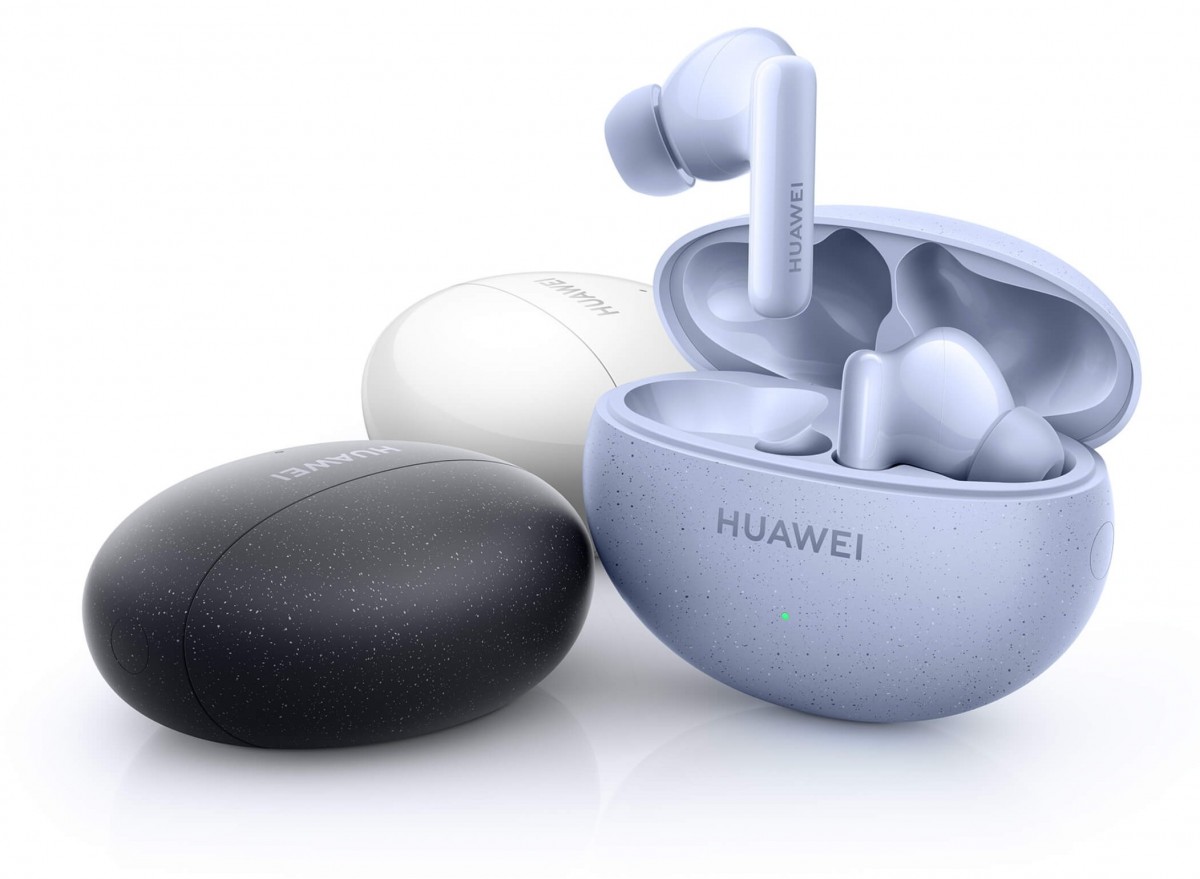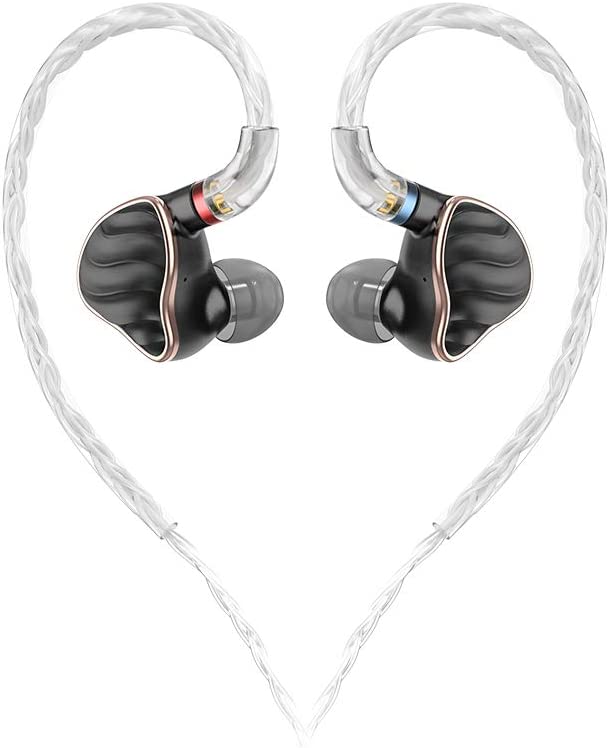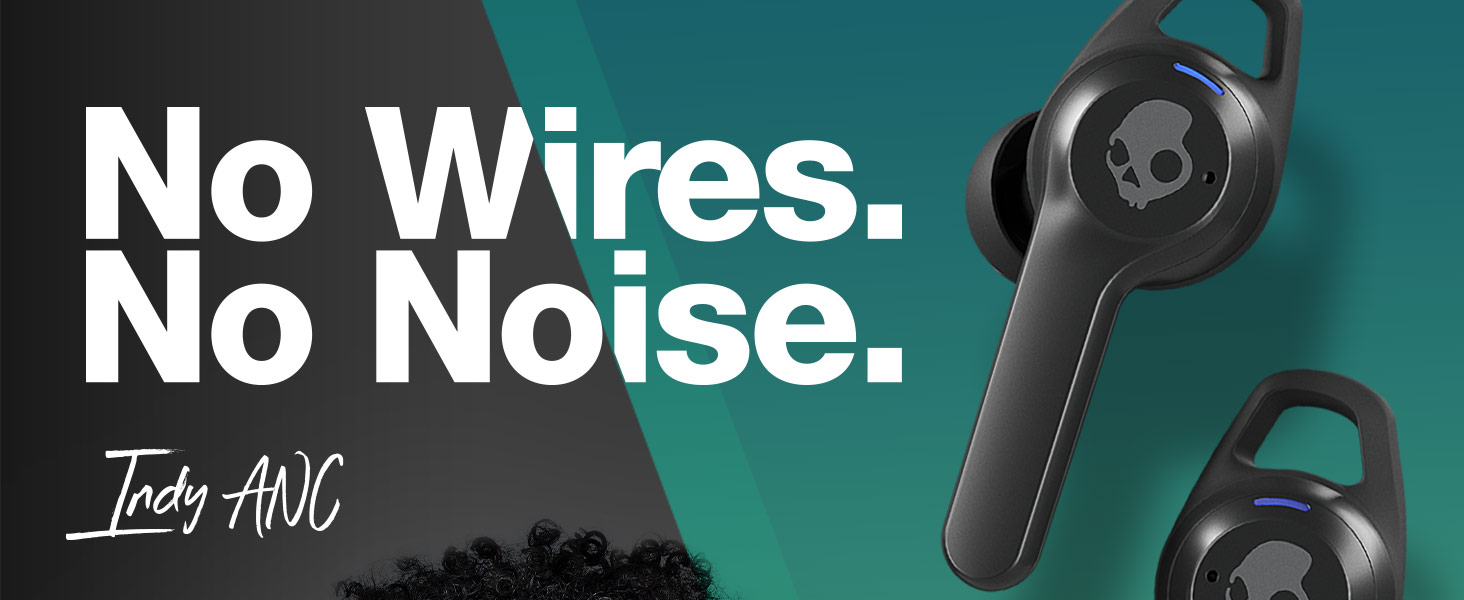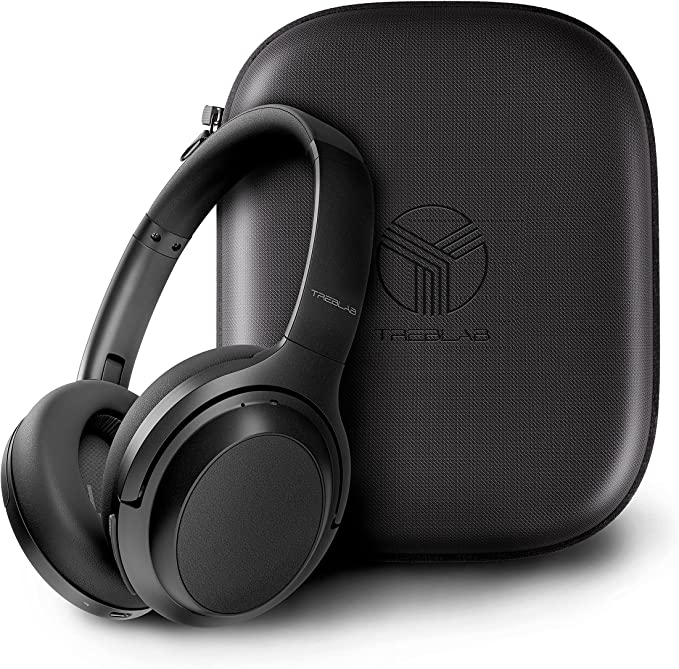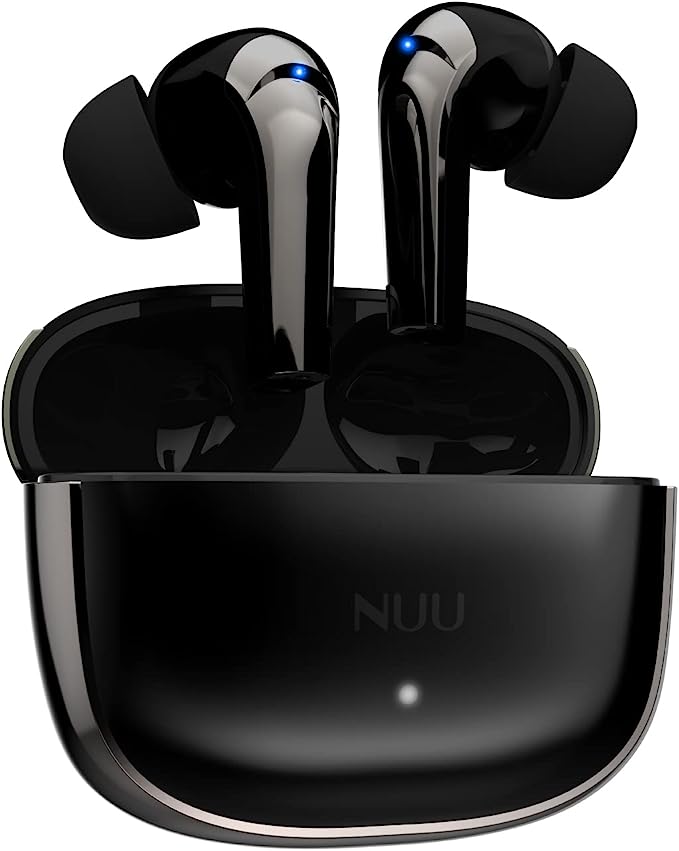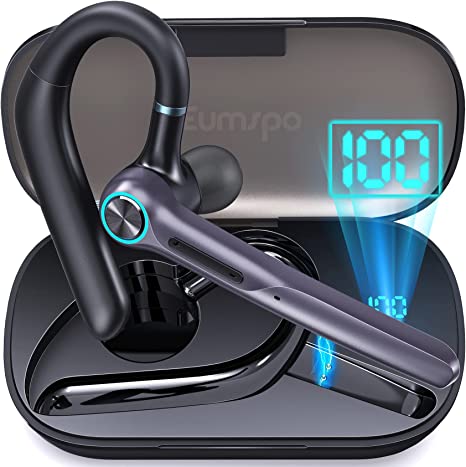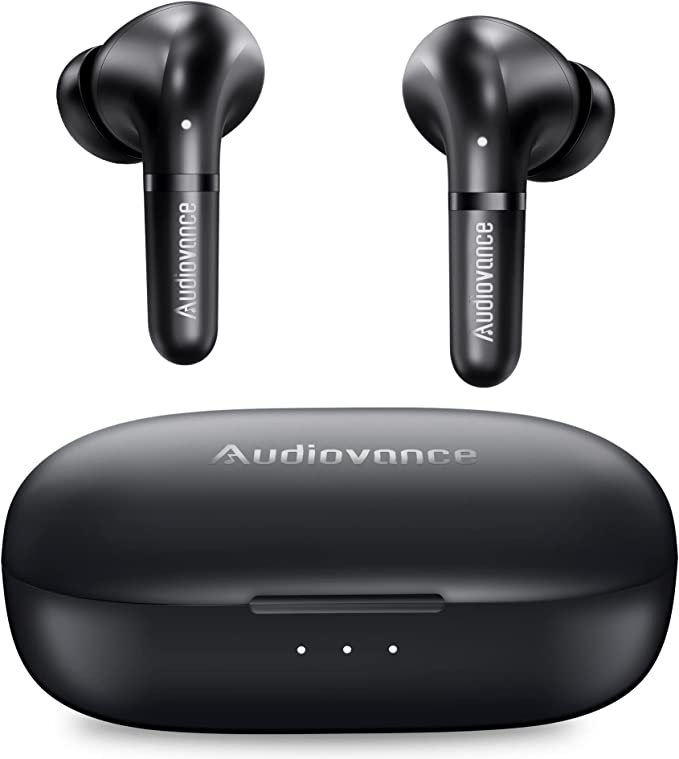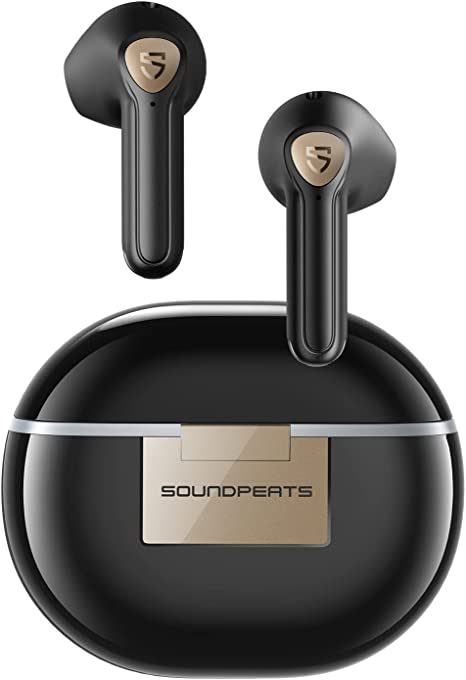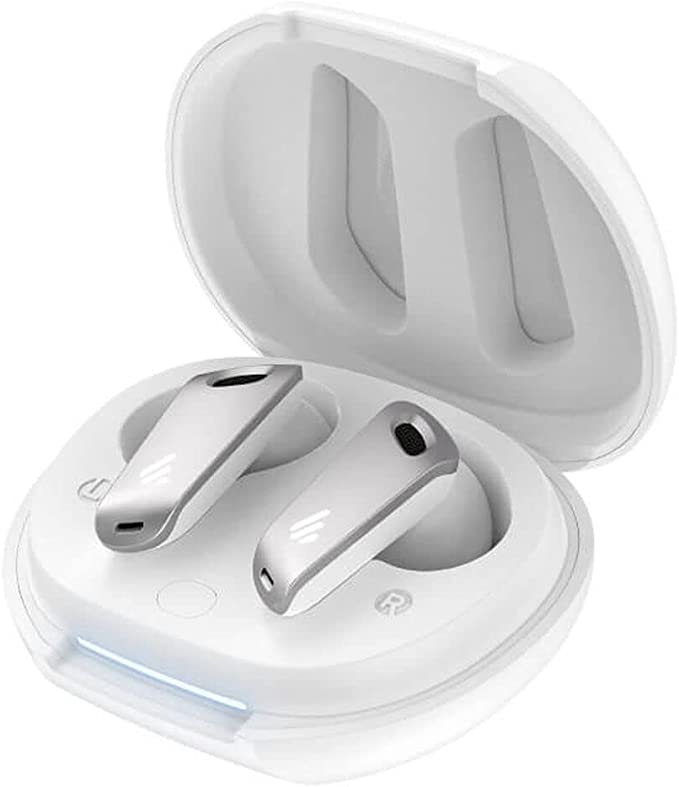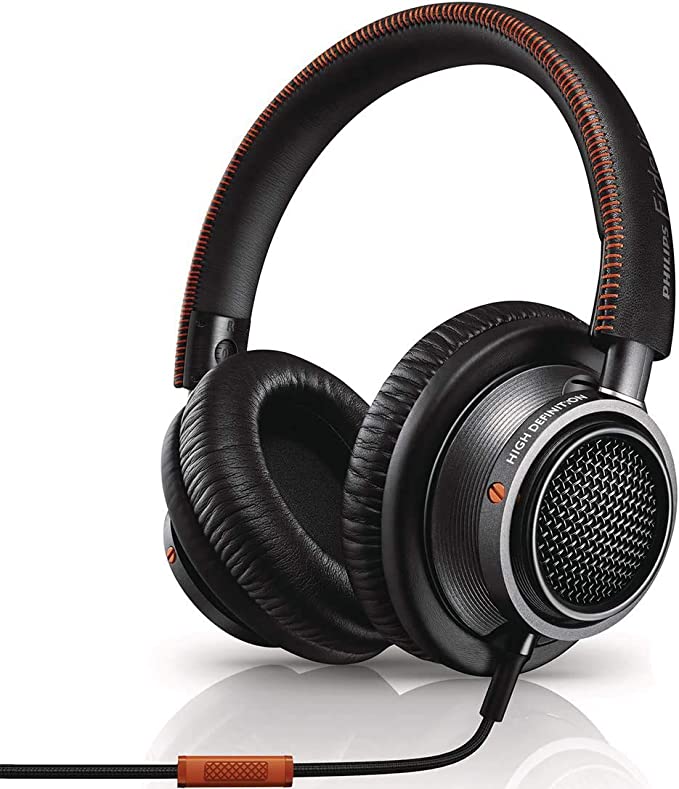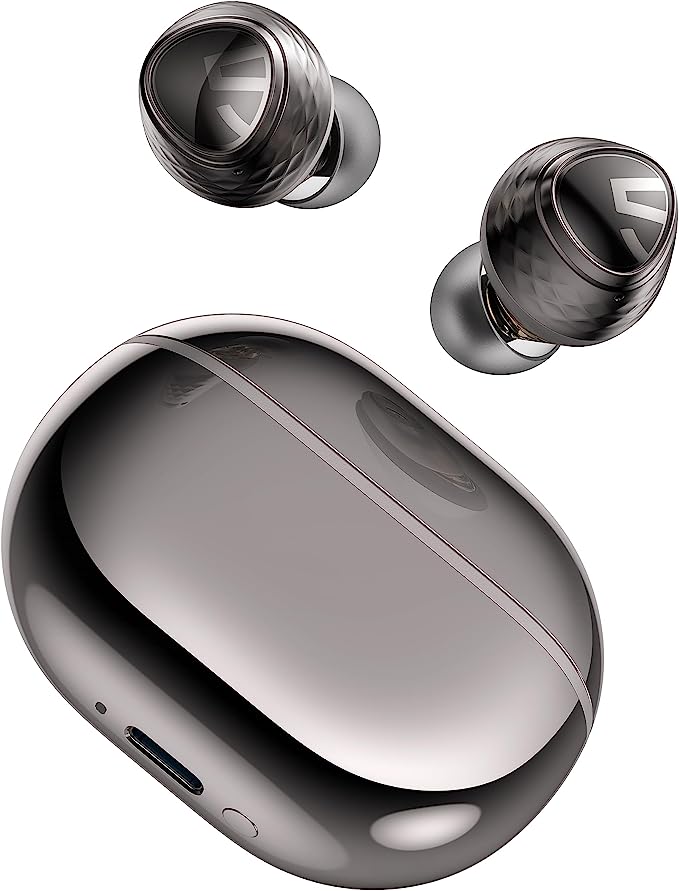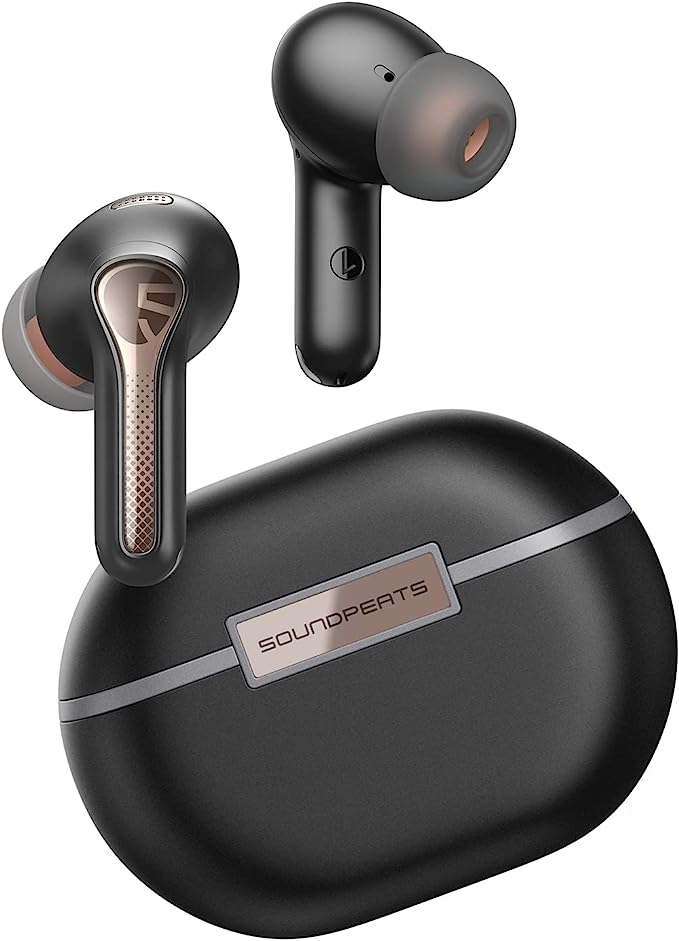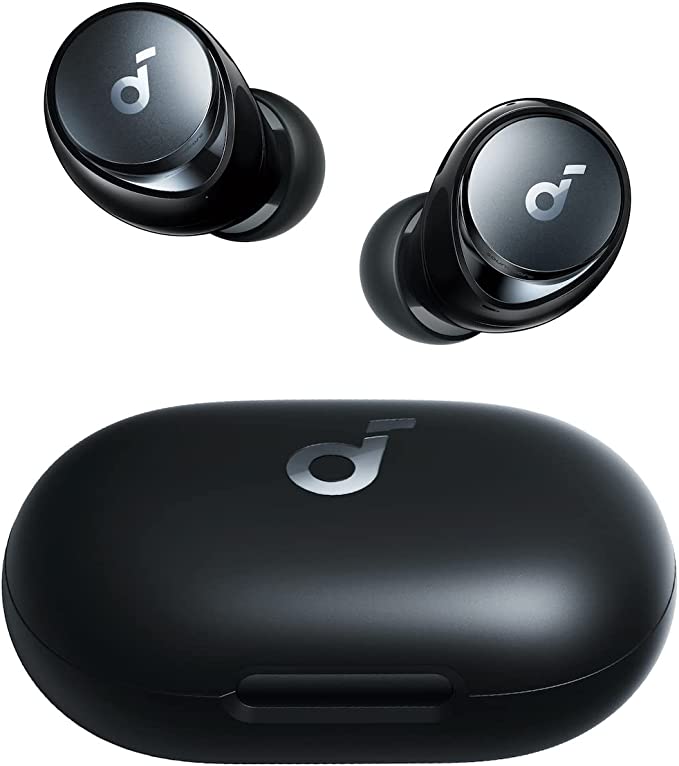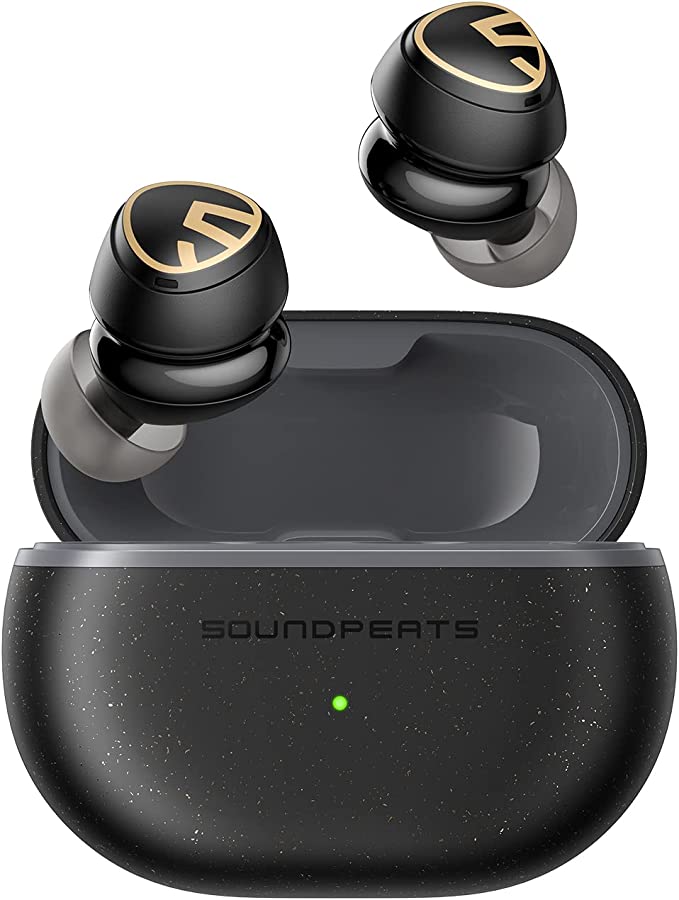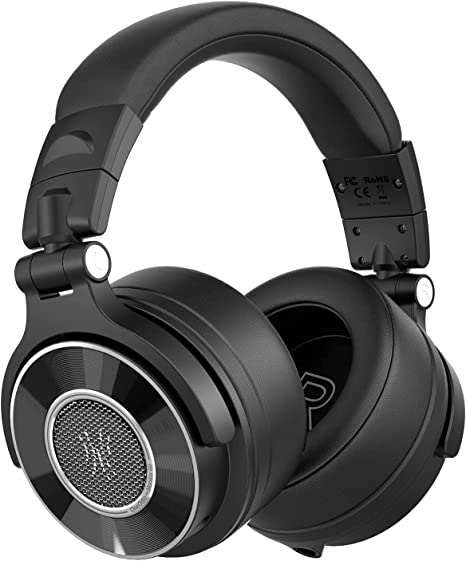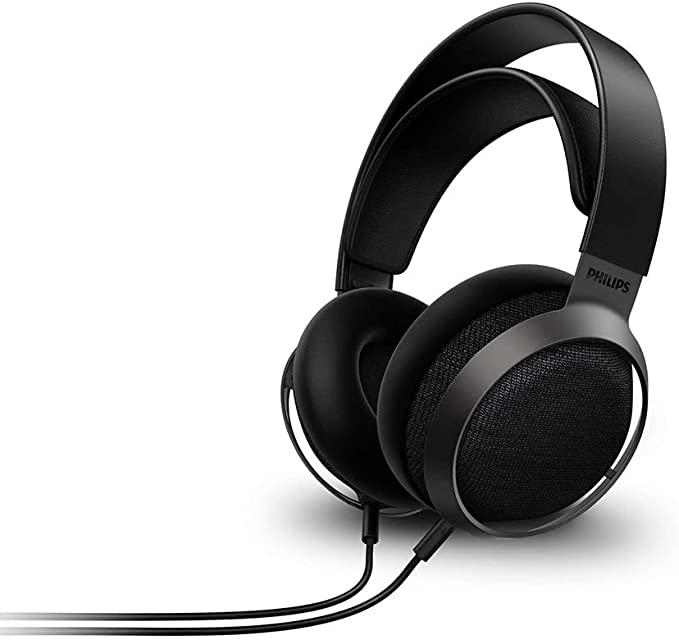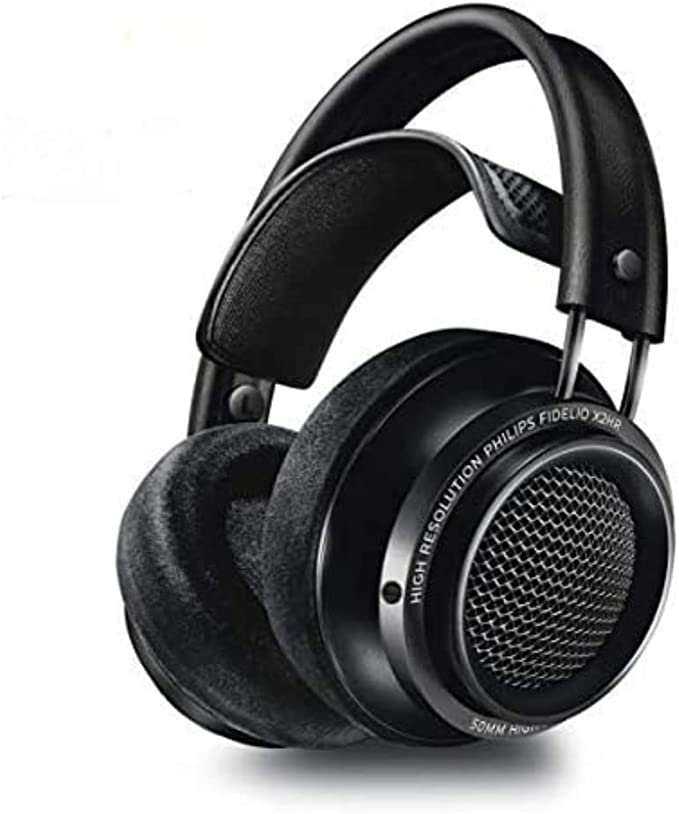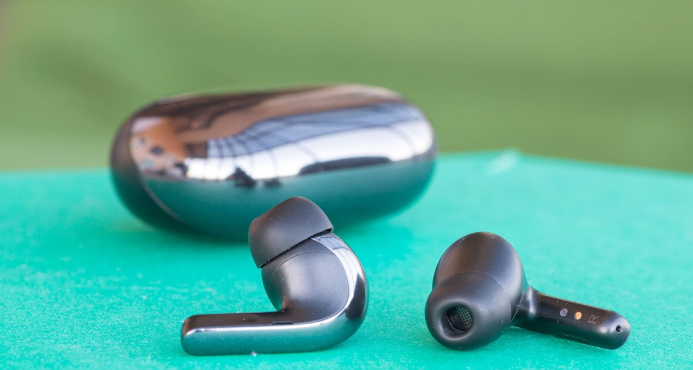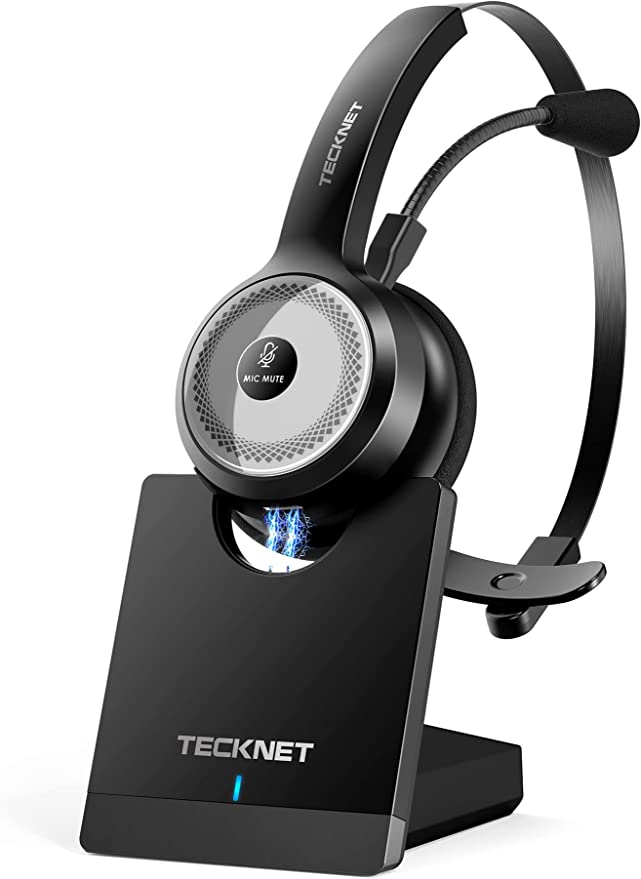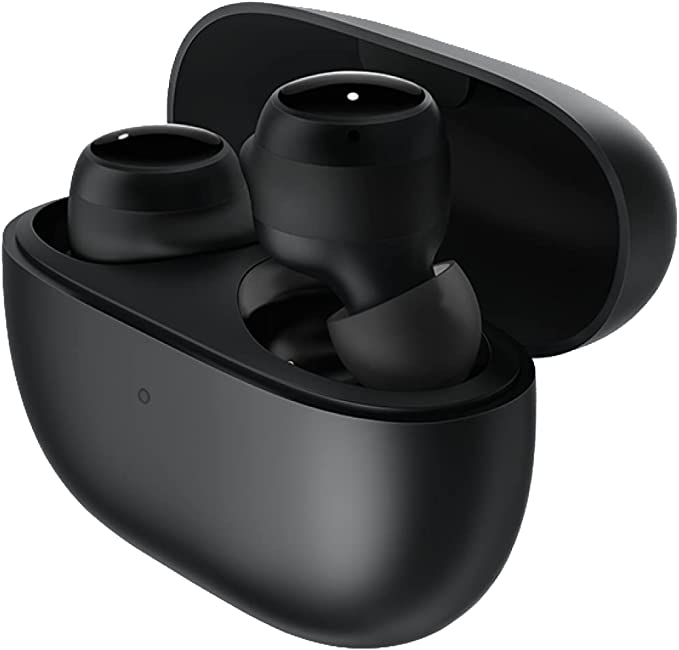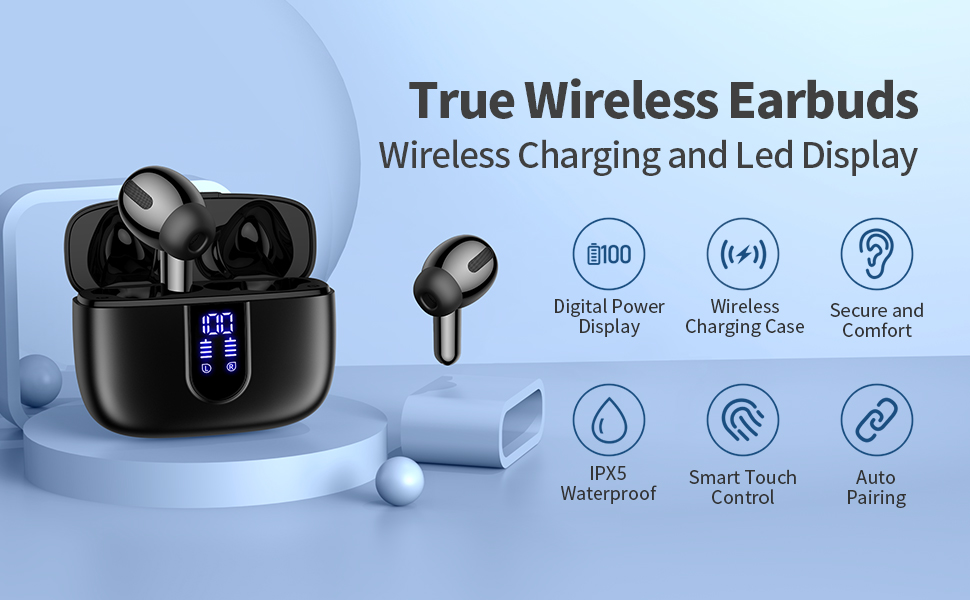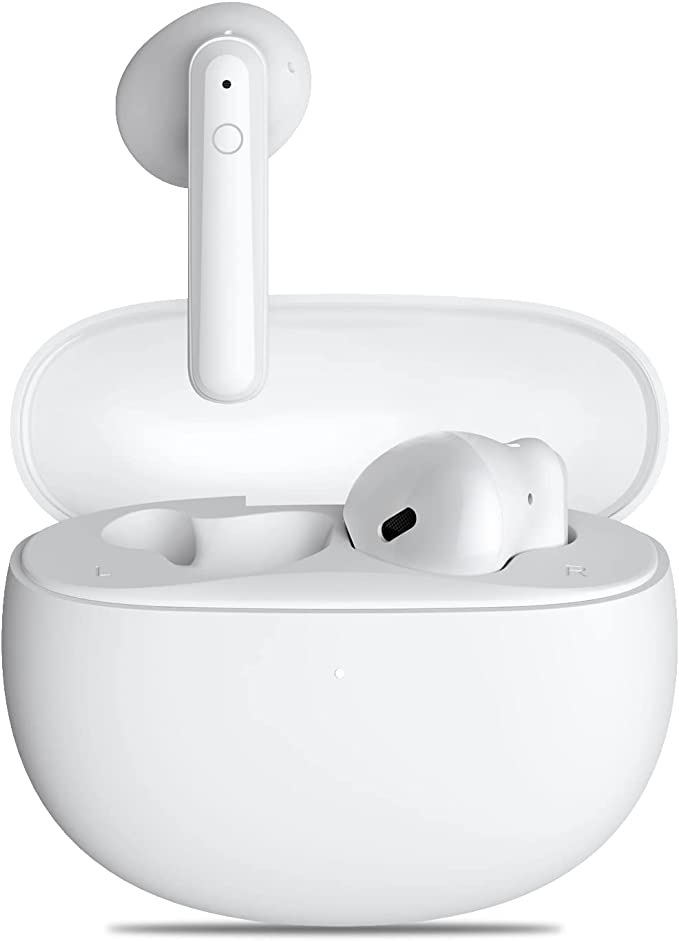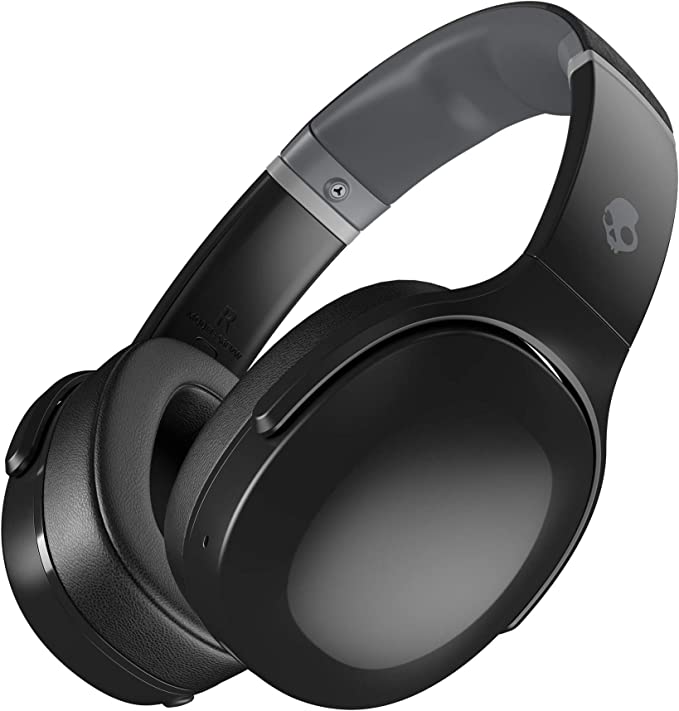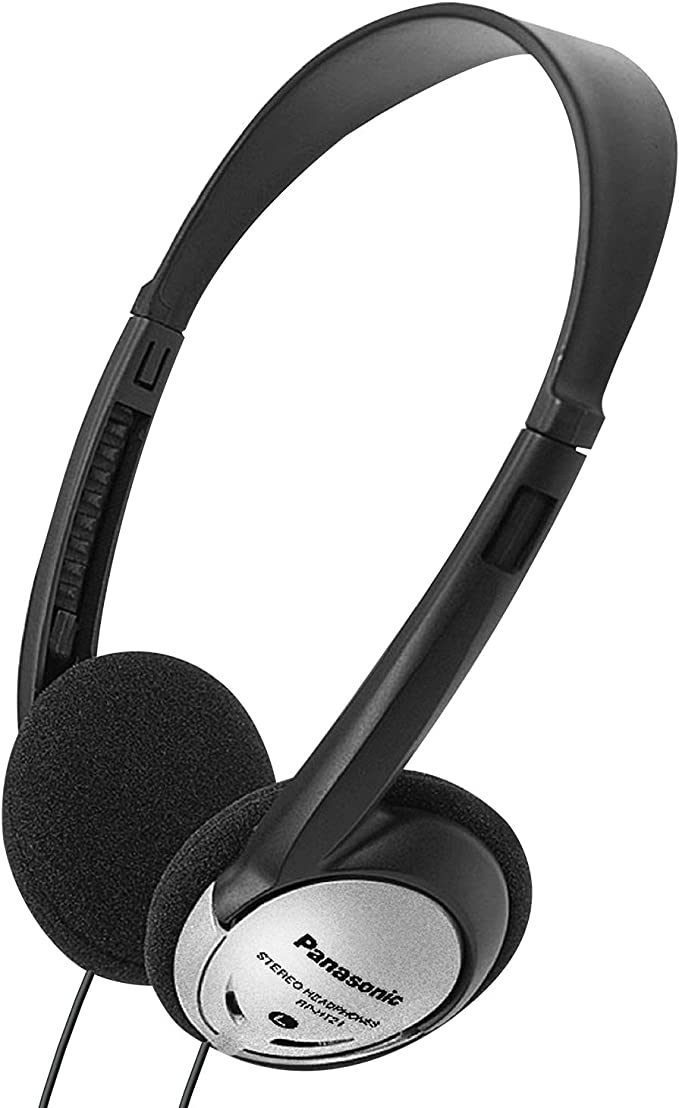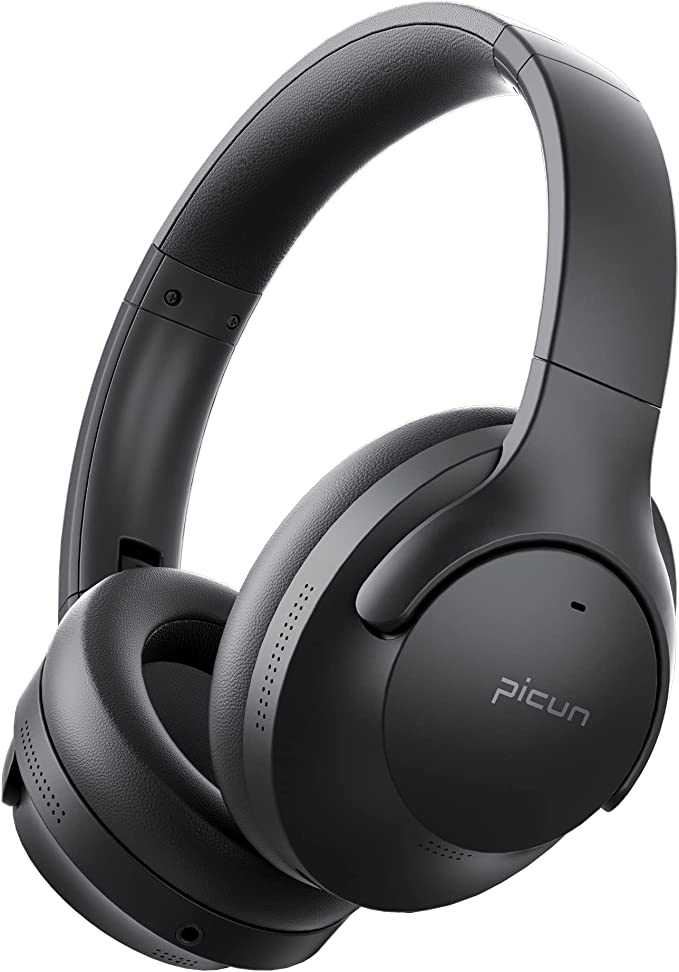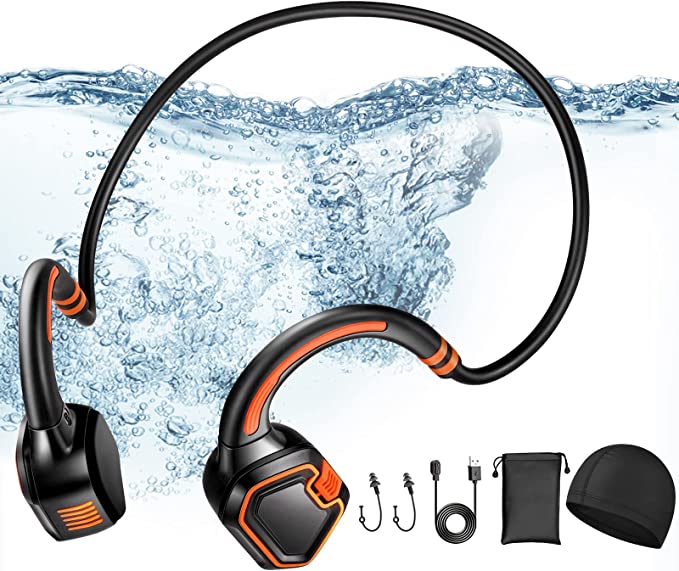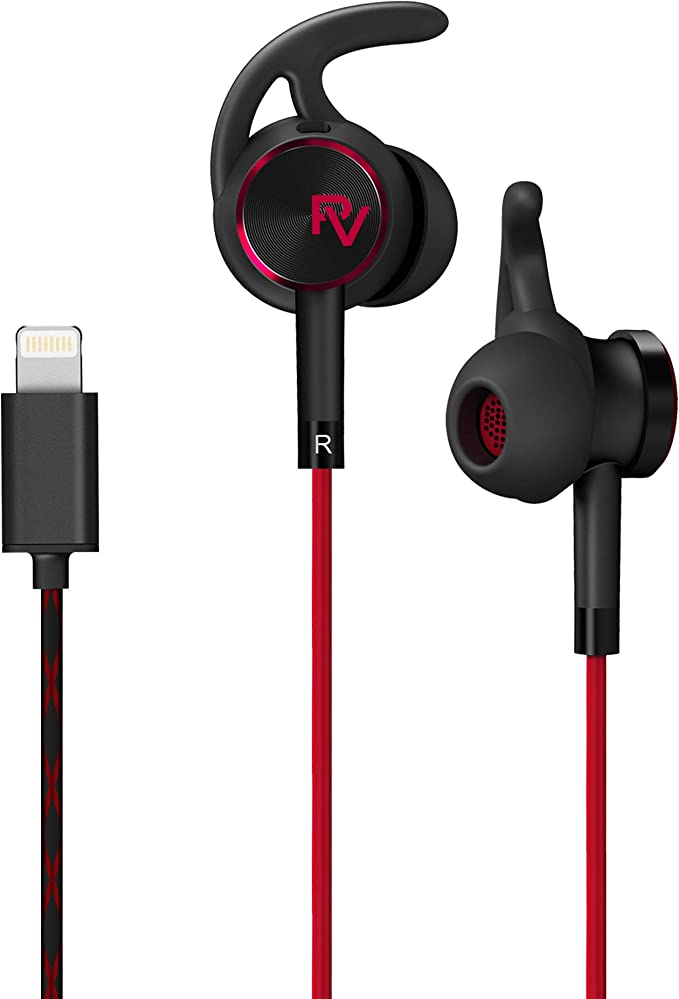HUAWEI FreeBuds Pro 2: Immerse Yourself in Sound with Intelligent Noise Cancellation
Update on Aug. 4, 2025, 12:06 p.m.
We are perpetually immersed in a turbulent ocean of sound. The rumble of transit, the drone of air conditioning, the distant wail of a siren—this is the unsolicited soundtrack of modern life. For decades, our relationship with personal audio was primarily one of addition: adding a layer of music over the existing chaos. But a profound shift is underway. The most advanced audio devices today are no longer just speakers; they are wearable acoustic laboratories, designed first to control the environment around you, and then to fill it with sound of breathtaking fidelity. This is a journey into the engineering of that control, exploring how physics, material science, and sophisticated algorithms converge in a device like the HUAWEI FreeBuds Pro 2 to grant us mastery over our personal soundscape.

The Physics of Subtraction: Engineering Silence
Before we can add perfect sound, we must first create the perfect canvas: silence. The technology that achieves this, Active Noise Cancellation (ANC), is a beautiful application of fundamental wave physics. Imagine dropping two pebbles into a still pond. Where the peak of a ripple from one stone meets the trough of a ripple from the other, the water flattens. They cancel each other out. Sound, which travels as a pressure wave through the air, behaves in precisely the same way.
The FreeBuds Pro 2 orchestrate this principle of destructive interference with surgical precision. A set of outward-facing microphones acts as vigilant sentinels, constantly sampling the ambient noise. This “noise signature” is fed to a powerful Digital Signal Processor (DSP) chip, which in fractions of a millisecond performs an incredible calculation: it generates a new sound wave that is an exact mirror image, or anti-phase, of the incoming noise. This “anti-noise” is then played through the earbud’s internal driver. When the original noise wave from the outside world meets the engineered anti-noise wave inside your ear canal, they annihilate each other. The roar of a subway car is attenuated to a gentle hum; the drone of an airplane cabin recedes into the background.
The claim of up to 47 decibels (dB) of noise reduction is significant. The decibel scale is logarithmic, meaning a 10 dB reduction is a tenfold decrease in sound intensity. A 47 dB drop is a staggering reduction, pushing the boundaries of what is possible in a tiny form factor. But the true intelligence lies in its adaptability. The system analyzes the noise profile and your ear canal structure in real time, shifting between different cancellation modes—from a deep mode for flights to a lighter mode for a quiet office—a concept rooted in psychoacoustics, the study of how humans perceive sound. It doesn’t just apply a brute-force filter; it tailors the silence.

The Art of Addition: Recreating Reality
Creating silence is only half the equation. The monumental challenge that follows is filling that silence with sound that is not just loud, but faithful to the original recording. The vast majority of earbuds rely on a single dynamic driver, a jack-of-all-trades trying to reproduce the entire audible spectrum. This is an immense engineering compromise. Reproducing the deep, visceral energy of a bass drum requires moving a significant amount of air, while capturing the delicate, airy shimmer of a violin’s highest harmonics demands near-instantaneous, precise movements.
Here, the FreeBuds Pro 2 adopt a hybrid architecture more common in multi-thousand-dollar audiophile headphones. It’s a tale of two specialized drivers working in concert. * The Powerhouse: An 11mm dynamic driver acts as the system’s woofer. Its relatively large, flexible diaphragm is optimized for one thing: moving air with authority to deliver rich, textured, and impactful bass that you can feel as much as hear. * The Precision Instrument: Handling the higher frequencies is a planar diaphragm driver. This technology is a marvel of material science. Instead of a cone and voice coil, it uses a vanishingly thin, near-weightless film suspended between an array of magnets. The entire surface of this diaphragm is driven evenly, allowing it to respond to the audio signal with incredible speed and minimal distortion. This is what produces the crisp, crystal-clear, and effortlessly detailed treble.
This dual-engine approach unlocks an astonishingly wide frequency response of 14 Hz to 48 kHz. While the upper and lower limits extend beyond the typical human hearing range of 20 Hz to 20 kHz, their presence is crucial. These “inaudible” frequencies contain harmonics and overtones that give instruments their unique character or “timbre.” Their accurate reproduction contributes to a more spacious, realistic, and less “digital” sound, much like a wider color gamut on a display can produce more lifelike images, even with colors we can’t individually name.

The Digital Bridge: From Source to Ear
Yet, even the world’s best drivers are at the mercy of the information they receive. In the wireless world, this information is constrained by the “bottleneck” of Bluetooth. To send complex audio data over the airwaves, it must be compressed, a process managed by an audio codec. Think of a codec as a specialized method for packing and unpacking a delicate object. A poor codec might pack it carelessly, losing small but vital pieces in the process.
While basic codecs like SBC are functional, they are inherently “lossy.” The FreeBuds Pro 2 counter this by supporting LDAC, a high-resolution audio codec. LDAC is like a premium, insured shipping service. It can transmit data at a variable rate up to 990 kbps, approximately three times that of standard Bluetooth. When paired with a compatible device and a high-resolution audio source (like a FLAC file or a high-fidelity streaming service), this wider “data highway” allows more of the original musical detail to reach the earbuds’ drivers.
This is where the co-engineering with French audio masters Devialet becomes more than a logo on a box. Devialet built its reputation on a fanatical pursuit of zero-distortion sound. Their expertise lies in the final, crucial step of tuning—digitally refining the signal to perfectly match the physical characteristics of the drivers, ensuring the powerful bass from the dynamic driver seamlessly blends with the delicate treble from the planar driver. It’s the final polish that turns a collection of high-performance components into a cohesive, musical instrument.
The Final Millimeter: The Science of “You”
There is one final, chaotic variable in the acoustic chain: you. The unique geometry of every individual’s ear canal dramatically alters the sound before it reaches the eardrum. A “perfect” sound signature leaving the earbud can become colored and unbalanced by the time you perceive it.
The FreeBuds Pro 2 address this with two remarkable applications of personalized technology. First is the Triple Adaptive EQ. An inward-facing microphone continuously monitors the sound as it reflects within your ear canal. The DSP then compares this real-world signal to the intended signal, instantly creating a personalized equalization curve to correct for any discrepancies caused by ear shape, wearing position, or even the volume level. It’s like having a sound engineer remixing the track, in real-time, just for you.
Second, for voice calls, the system tackles the age-old problem of isolating your voice from a noisy environment. It employs a bone conduction sensor, a device that rests against your skull. Instead of listening to the air, it feels the physical vibrations created by your vocal cords as they travel through bone. This clean signal, impervious to outside noise, is blended with the audio from a beamforming microphone array and processed by a Deep Neural Network (DNN) algorithm. The result is a startlingly clear voice, even when you are standing on a windy street corner.

The Conductor of Your Personal Soundscape
In the minute space of a modern earbud, an entire symphony of science and engineering is constantly at play. It is a device born from the principles of wave physics, the innovations of material science, and the relentless power of computational algorithms. To understand the technology within a device like the HUAWEI FreeBuds Pro 2 is to appreciate the invisible architecture that shapes our sensory world. It reveals that we are moving beyond being mere passive listeners. We have been handed the baton, empowered not just to play music, but to conduct the very soundscape of our lives.


